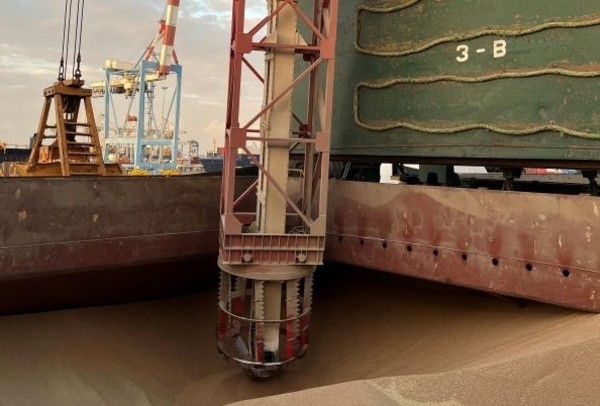The TIC sector is dominated by large operators such as SGS, Bureau Veritas, Intertek and Control Union, to name a few, and together they achieved sales of around €73 billion in 2020.
The inspections carried out by these companies are generally governed by the Codes of Practice of associations such as GAFTA, FOSFA and others. These inspections are often a requirement for the completion of insurance cargo policies.
But are they really a reliable prevention tool?
The framework for these inspections is such that they are undeniably a reliable tool for determining the qualitative specification at a given point and at a given time - that of the commercial exchange. In terms of sampling, control and analysis, it is a powerful tool in the context of a static assessment of the situation.
However, a maritime transport operation is a dynamic environment, particularly with regard to the evolution of thermodynamic situations that will be encountered during the voyage. The evolution of this environment has an impact on the stability of commodities, which will vary in time and space during transport. EMC (Equilibrium Moisture Content) will therefore vary, and what was stable in one place will no longer necessarily be so in another. Averaging results is another limiting factor.
In short, these controls are important and a good preventive tool, but in no way constitute a guarantee of the successful completion of a transport operation for the commodity itself, including the exclusion of any extrinsic event.
"Necessary but not sufficient” - that's the moral of this story!
